Thursday, September 4, 2014:
Members (and other readers) I apologize for the one month drought in blog entries but the “mother board” of my old computer busted and it took me quite a while to purchase and set up my new lap top. But, I’m back at it, whatever “it” may be.
FISHING REPORT:
We are now smack in the middle of the “transition” period of the season, i.e. between summer bugs and fall insects. Many years that portends pretty marginal and unreliable fishing but that is not the case this season. The trout are rising all over the field water of the Double R and up on The Pond, all day in the absence of wind. With the great variance in weather one day to the next, we are experiencing an ever changing assortment of mayflies. There also are 2 inch long grasshoppers next to the field water and some anglers are scoring on large black beetles in the wind. But, the unanswered question is, “Where are the damsels?”
Callibaetis has been my favorite hatch to fish these days. Provided the wind does not get too strong, we have been experiencing Callibaetis action starting as early as 11:00 a.m. Some days the action begins with a spinner flight followed by a hatch of Duns, some days the order is reversed, and some days they occur simultaneously. The “naturals” currently are about a size 16. One tip: If you are fishing the Callibaetis dun hatch or spinner fall in “glass” conditions (which happens many days around noon for an hour until the wind picks up) one will have greater success with a pattern that is one size smaller, these days a size 18. I have been using a size 18 Callibaetis Hatch Matcher followed by a size 16 Harrop Callibaetis No Hackle with a salmon colored body. I’ve heard that Members have been scoring with Callibaetis Emergers.
Blue Winged Olives (aka “Baetis”) can be a troublesome hatch to fish these days. The “summer” Baetis have been on the field water for a month and most of us did well with them until the uncharacteristic overcast even rainy conditions of this August became a daily reality. There are nearly 50 species within the Baetis family and those in the summer group thrive in the heat but hate the cold, rainy overcast weather which makes Fall Baetis explode. Last night’s frost in Picabo may well be the “opening day” for our Fall Baetis, as I have observed dark gray spinners with brown bodies which are characteristic of some Fall Baetis species. Tie or buy some spinners with this coloration (if you can find them) or drag out your favorite Rusty Spinner pattern, especially for those after-the-hatch “bank sippers.”
Mahogany Duns are my favorite fall insect and they have just started to appear on the water. This bug will be the feature of a future blog entry. They are a size 16. They are most often seen in the quiet calm margins along the (true) bank or a patch of aquatic vegetation. On the Ranch they are present both on the field water and on The Pond.
“Pistachio” Duns. Members have reported sightings of this unusual Baetis which we see each Fall on the field water, but generally not on The Pond. You can use just about any dun pattern (Comparadun, Sparkle Dun, etc.) to imitate this unique mayfly, provided the body is made using Rene Harrop’s “Professional Dubbing” in his “Caddis Green” color (or something pretty close tending towards a chartreuse coloration). Currently the “natural” is running around a size 18 but in the weeks to come the bug will appear in size 16.
2nd annual “Stream Keeper’s Paella Party.”
Members of the Double R Ranch Fishing Club are invited to my annual Paella Party set to begin at 5:00 p.m. on Saturday, September 13 at the Gazebo. I will be serving my infamous Paella together with a tomato salad, sliced watermelon, Epi bread and a dessert of Grilled Peaches with Vanilla Ice Cream.
If you live under a bridge and haven’t encountered Paella before, it is a spicy Spanish rice dish. I load the rice up with boneless chicken thighs, spicy Italian sausage, shrimp, scallops, crawfish tails and mussels.
Bring your own adult beverage, soft drink or bottled water.
If you really feel that you MUST bring something else (always appreciated) an appetizer would be fine.
Come and celebrate the end of summer and the beginning of fine fall fishing.

